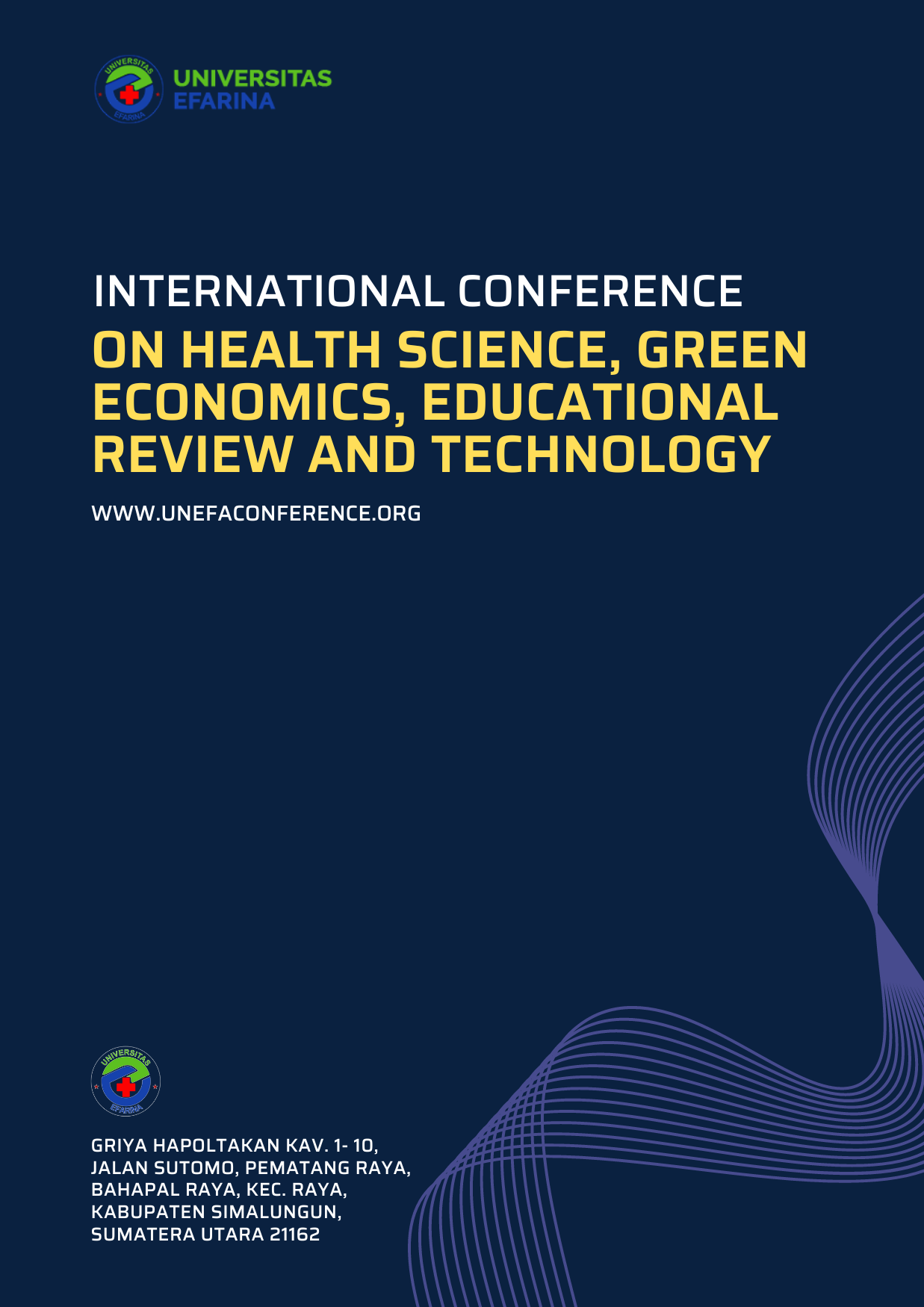EMPOWERING YOUTH THROUGH PHYSICAL EDUCATION: EXPLORING THE IMPACT OF HEALTH EDUCATION ON LIFELONG FITNESS AND WELLNESS
Main Article Content
Tanveer Ali
Vikas Saxena
Physical Education (PE) and Health Education (HE) are integral components of a holistic educational experience that aims to promote students’ overall well-being. This research paper explores the combined impact of PE and HE in fostering lifelong fitness and wellness, with a focus on developing healthy habits, physical fitness, and mental well-being among youth. By analyzing existing research and current practices, the paper demonstrates how integrating Health Education into Physical Education programs can empower students to make informed health decisions, establish sustainable fitness routines, and develop resilience. The findings highlight the significant role of PE and HE in shaping positive health behaviors that extend beyond school years, preparing students for long-term wellness. Additionally, the paper discusses challenges in curriculum design, teacher training, and the inclusivity of PE programs. Ultimately, this research emphasizes the importance of a comprehensive approach to health education in schools to support students' holistic development and lifelong health.
Centers for Disease Control and Prevention (CDC). (2021). Physical activity and health: A report of the Surgeon General.
Dwyer, T., Sallis, J. F., & Matthews, C. (2022). The role of physical education in promoting health: A global perspective. Journal of Physical Activity and Health, 19(2), 45-57.
Ebbeck, V., & Morrow, J. R. (2018). The role of health education in school settings. Educational Publishing.
Jago, R., Thompson, J. L., & Page, A. S. (2020). Integrating physical activity and health education: Impact on youth well-being. American Journal of Health Education, 51(4), 206-216.
Kuykendall, L., Elsbach, K., & Fisher, D. (2019). Physical activity, mental health, and the impact on academic performance: An overview. Journal of Health Psychology, 24(3), 213-226.
National Association for Sport and Physical Education. (2019). Physical education and health education: Guidelines for effective practice. NASPE Publishing.
Rosenkranz, R. R., & Dzewaltowski, D. A. (2015). The integration of health education into physical education: Benefits and strategies. Research Quarterly for Exercise and Sport, 86(1), 33-39.
Singh, A., Uijtdewilligen, L., Twisk, J. W., van Mechelen, W., & Chinapaw, M. J. (2012). Physical activity and academic performance: A systematic review of the literature. Educational Psychology Review, 24(2), 149-166.
World Health Organization. (2020). Global recommendations on physical activity for health. WHO Press.
Basso, J. C., & Suzuki, W. A. (2017). The influence of acute exercise on mood and cognition: A review of the neurobiological mechanisms. Frontiers in Psychology, 8, 477.
Biddle, S. J. H., & Asare, M. (2011). Physical activity and mental health in children and adolescents: A review of reviews. British Journal of Sports Medicine, 45(11), 886-895.
Dollman, J., Norton, K., & Norton, L. (2005). Physical activity and health: A review of the literature. Australian and New Zealand Journal of Public Health, 29(5), 389-394.
Ebbeck, V., & Morrow, J. R. (2018). The role of health education in school settings. Educational Publishing.
Fox, K. R. (2000). The effects of exercise on self-perceptions and self-esteem. Physical Activity and Psychological Well-being, 27, 105-129.
Goudas, M., Biddle, S. J. H., & Fox, K. R. (2006). The role of goal setting in physical education. Journal of Teaching in Physical Education, 25(3), 249-262.
Janssen, I., & LeBlanc, A. G. (2010). Systematic review of the health benefits of physical activity and fitness in school-aged children and youth. International Journal of Behavioral Nutrition and Physical Activity, 7, 40.
Pate, R. R., Davis, M. G., & McKenzie, T. L. (2006). Physical activity in children and adolescents. Journal of the American Academy of Pediatrics, 117(5), 1834-1842.
Reed, J. A., & Ones, D. S. (2006). The role of physical activity in preventing and treating depression. Clinical Psychology Review, 26(6), 695-706.
Sallis, J. F., Prochaska, J. J., & Taylor, W. C. (2012). A review of correlates of physical activity of children and adolescents. Psychological Bulletin, 128(5), 829-854.
Warburton, D. E. R., Nicol, C. W., & Bredin, S. S. D. (2006). Health benefits of physical activity: The evidence. Canadian Medical Association Journal, 174(6), 801-809.
World Health Organization (WHO). (2020). Obesity and overweight. WHO.




